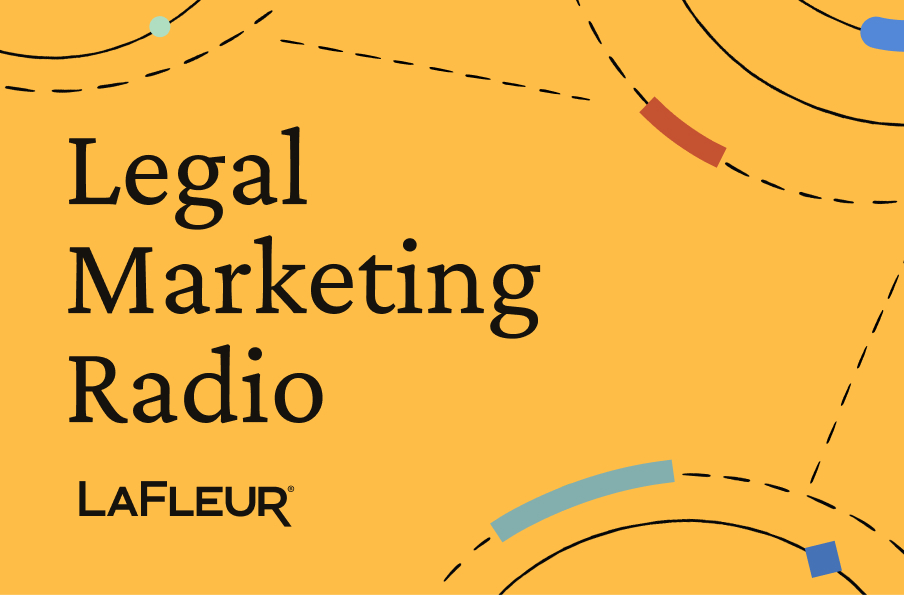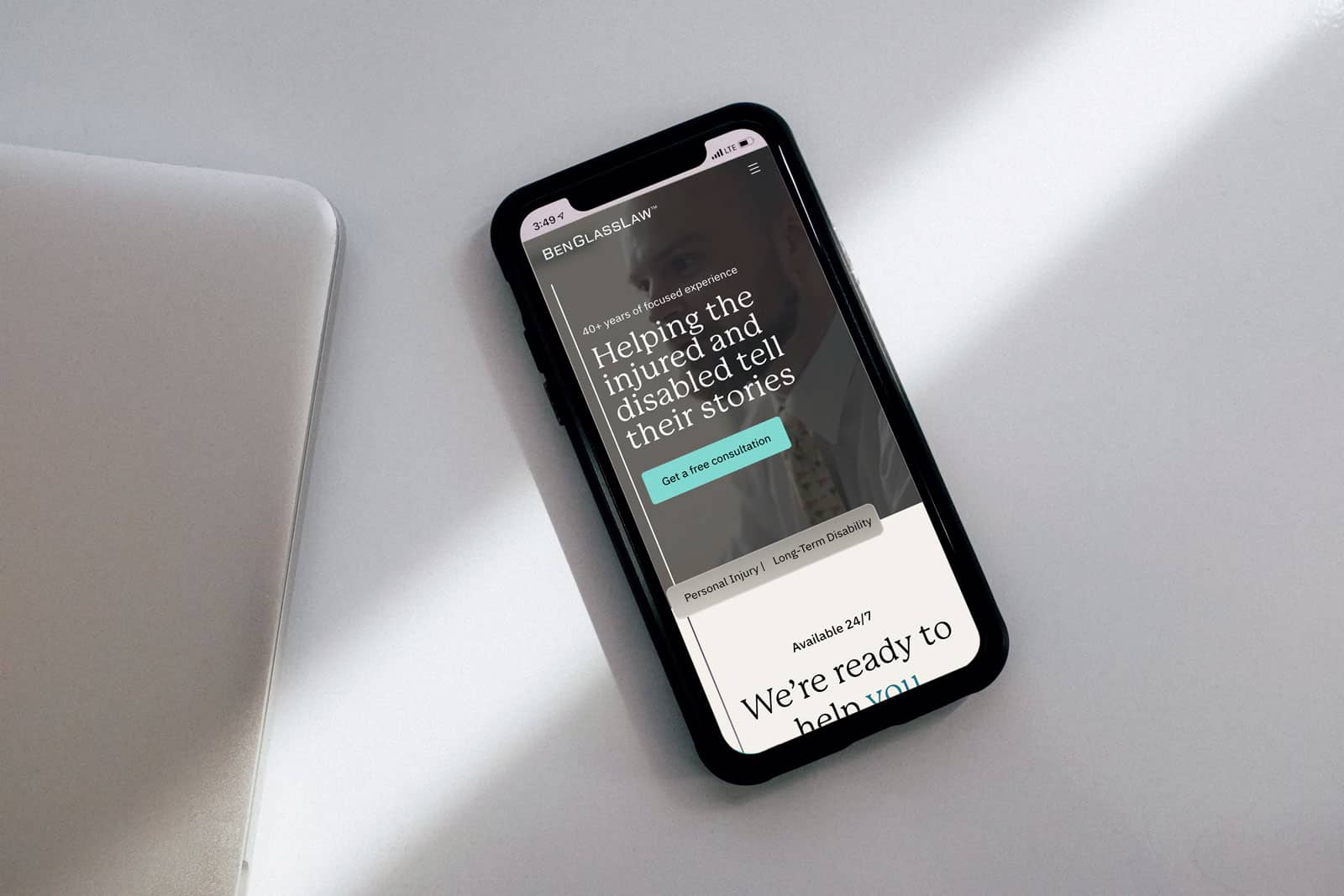Hosting events is a great way for your healthcare organization to get in front of a captive audience and tell your story. Regardless of whether you’re hosting a webinar, launch party, speaking engagement, or any other event, the goal is to create a fun and informative atmosphere that generates awareness of and further interest in your organization. This means you need to get the right people to attend, engage with your brand, and take action — which is no small feat in this competitive industry.
Keep reading to learn how to plan a healthcare event that is well-attended, educational, and actionable.
The Basics of Healthcare Event Planning
Like most marketing and public relations initiatives, there are some basic planning elements you need to account for. Let’s take a closer look at five of the most important planning elements.
Location
The first (and perhaps most important) task in any event planning strategy is to secure a venue that your guests are familiar with and want to visit. Look for a space with plenty of natural light and a sensible layout that is conducive to hosting a speaker.
The location should be easily accessible for your primary audience and be near other restaurants, bars, and shops. You should also make sure that the venue has convenient access to taxis and other ride-sharing services. Also, make sure the event venue ample free parking (you could also consider having a hosted valet as well) and is close to a hotel.
Lastly, consider the demographics of your audience — their age, gender, and position within the company, among others. Based on this information, you can determine which type of venue you should reserve, and in which locations. Millennials might prefer a more progressive space where they can make meaningful connections with other attendees, and older attendees will likely prefer a more traditional venue where they can focus on the presentation and speak with stakeholders directly.
Staffing
When people attend events hosted by healthcare organizations, they expect to receive great service from friendly and attentive staff. This means hiring people who are articulate, respectful, polite, and effervescent.
Depending on the size, location, and type of event, you might need:
-
- Valet attendants
- Greeters
- Security
- Servers
- Bar staff
- Culinary professionals
- Audio/visual professionals
- Lighting professionals
- Janitors
It’s a good idea to set up a customer service desk (perhaps staffed by your greeters or one of your organization’s friendly and knowledgeable employees) where attendees can come to ask questions, request contact information, receive helpful brochures and cool branded swag items, or just say hello.
Catering
Bon appetite! One of the best parts about attending any professional event is the food! Even if you’re just offering hors d’oeuvres or finger food during a cocktail reception, you want to make sure your guests are happy with their meal. In our experience, well-fed attendees are more likely to engage with the presentation material and have a more memorable experience. Be sure to offer vegan, vegetarian, and gluten free options and place a cap on individual drink tokens to avoid potential issues with overserved patrons. As far as portions, a safe bet is to aim for 10-15% more servings than the number of RSVPs.
Technology
Whether you’re hosting a webinar or on-site event, you want to make sure all tech-related components are in place and working properly in advance of the event. This means executing several dry runs before the event, testing each element of the presentation — including audio/visual aspects, lighting, login procedures, and any interactive features you plan on incorporating. When you secure the venue, test the Wi-Fi bandwidth and be sure all electric components are up to date and in good working order.
Press
In addition to having an internal public relations team present to document the event, invite local third-party publications to attend and produce their own write-ups. This way, you can reach those interested parties who were unable to attend or who were unaware of the event in the first place. It’s important to get as much mileage as possible for these sometimes-pricey events, so additional exposure is key to getting your message across to as many as possible. Also, be sure to capture the presentation on video or even consider live-streaming it on social media so that people who were unable to attend are still able to participate in the fun in real time!
Securing Qualified RSVPs
At LaFleur, we have a tried and true process that we use (with a few variable elements) for every healthcare event we help plan and execute. A presentation outline needs to be created, edited, and approved before it can be developed into a more detailed presentation deck. We then use that approved content as the foundation for all other event marketing materials — including landing pages, paid search and social campaigns, email invites, direct mailers, follow-up emails, and event surveys.
RELATED: 10 Essential Best Practices for Creating Dedicated Landing Pages That Convert
Depending on the event, this work should begin no later than six weeks prior to the event. The content outline should undergo a rigorous editorial process to fine tune every aspect of the presentation, and subsequent materials will also require a series of edits before being finalized. And since you’ll want to send multiple email invitations and event reminders, the initial content management work should be completed at least three weeks prior to the event date.
Once all marketing materials are completed and approved, you will move into the automation phase of the event. We usually use Sharpspring to facilitate our automation needs, but there are several great platforms out there with competitive price points. Whichever software you use, be sure to test all sends and make sure you’re tracking user behavior. You should also experiment with A/B testing and continually tweak your subject lines, headers, and content to optimize your campaign and get the best and most RSVPs.
The most important thing to remember is that you should be working hard to develop organic send lists. Implement sound content marketing strategies to encourage sign-ups for email campaigns, newsletters, press releases, and other updates. If you have ample budget, you should also develop paid campaigns on social media and through Google Ads — this tactic can be costly, so it’s important to keep a close eye on cost per acquisition and optimize the campaigns as needed.
Lastly, never purchase an email list for an event, as you’re likely to waste an excessive amount marketing to individuals who are either uninterested or not positioned geographically to attend.
Delivering a Polished Presentation
I hate to do this, but it needs to be said: Most executives just aren’t very good at public speaking. And that’s okay! CEOs, COOs, CMOs are the ones doing the heavy lifting to advance their healthcare organization’s growth and revenue. Chances are, they’re excellent when it comes to face-to-face interaction and networking, but because they’re so personable, they often come off as stiff or uncomfortable when addressing large groups during a presentation.
Ideally, you should have a content outline and presentation deck to work with, but that doesn’t mean you should just wing it during the actual presentation. Instead, develop a script that lends itself well to casual, colloquial speech with a demonstrable mastery of the subject matter. Feel free to iterate, edit, and proof internally and with your marketing or PR team. Once you’re in a good spot with your script, you need to memorize it forward and back and also begin practicing your public speaking chops.
Let’s examine just a few basic public speaking tips to help you and your team deliver a message that resonates with your audience.
Motivate and Inspire
The primary objective of any public speaking engagement is to present your main points and have your audience understand and retain that information for future use. In order to achieve this goal, however, you have to give a memorable speech that motivates and inspires your audience that subtly informs them throughout its duration.
Focus on moving them to perform your desired action(s), and use anecdotes, statistics, and tasteful jokes to covertly embed your message into their memories. Personalizing your speech will not only increase the chances of the audience remembering your content, but they will also remember you — which will likely result in follow-up action, additional networking opportunities, or starting a new business relationship.
Understand Your Audience and Surroundings
In the days and weeks leading up to the speaking engagement, get with your marketing team to review the RSVP list. You likely know many of the names on the list, whom you can then visualize as you practice your upcoming address. Also ask for demographic information to help aid you as you go about writing your script. Certain jokes and stories might not be appropriate or resonate as well with certain individuals, and you want to avoid any awkward silences if any part of your presentation doesn’t land the way you want it to.
Also, be sure to show up early to the event so you can peruse the venue and become more familiar with it. You’ve likely been practicing in a comfortable setting, so you want those same feelings of warmth and calm when it comes time to get up on that podium. Arriving well before the cocktail hour also gives you a good chance to soundcheck and practice presenting visual aids.
Practice Makes Perfect
Becoming a polished public speaker doesn’t happen overnight. You have to work at it over and over again. Work on your pitch, diction, eye contact, and body language, and consider videotaping your practice sessions so you can critique your strengths and weaknesses to accentuate the former and improve the latter. Eliminate filler words, highlight key pauses, and learn to use your breath to accent your main points.
Practice in front of your coworkers, your significant other, your kids… heck, practice in front of your dog if it makes you feel calm and comfortable. Time your speech and focus on conveying appropriate facial gestures. And for help memorizing your presentation, record yourself on your phone and then listen during your daily commute leading up to the presentation.
Everything Zen
Before delivering your speech, take a deep breath, close your eyes, and envision your success. Envision yourself calmly presenting your main points and casually dropping a subtle joke here and there. Picture yourself relying on your visual aids for support and imagine how good you’ll feel when you provide accurate and thorough answers to your audience’s questions near the end of the presentation.
At the risk of sounding corny, you should know that you’re going to do just fine. Once the presentation is over, you’ll feel silly about the stress and the nerves you experienced leading up to the event, but it’s also that anxiety that will motivate you to be so prepared. Know that you’ve done all the groundwork and that the actual presentation is just the culmination of weeks of sound preparation.
Let’s Get This Party Started!
Behind every great party is a copious amount of great planning, and healthcare events are no exception. If you’d like to discuss planning, marketing, and executing your next webinar, launch party, or speaking engagement, please contact LaFleur by calling (888) 222-1512 or completing this brief form.
Our marketing experts can provide the full service of event planning tactics — including list-building, content marketing, paid digital advertising, marketing automation, event execution, and everything in between! We’ve worked with regional, national, and international healthcare organizations to develop effective marketing campaigns and coordinate successful events, and we’re confident we can do the same for you.
Please reach out today to get this party started!
References
Martin-Bilbrey, L. (2017, March 6). 10 beginner event planning rules: Don’t forget the ketchup. Pathable. Retrieved from https://pathable.com/blog/beginners-guide-event-planning-10-simple/
Shackman, K. (2017, April 5). 8 best practices for planning corporate events. Event Interface. Retrieved from https://www.eventinterface.com/blog/8-best-practices-for-planning-corporate-events/
Neill, C. (2016, April 18). 12 tips for public speaking. Retrieved from https://www.forbes.com/sites/iese/2016/04/18/12-tips-for-public-speaking/#d8231e23a183




